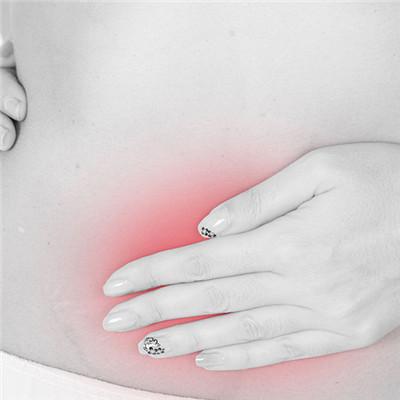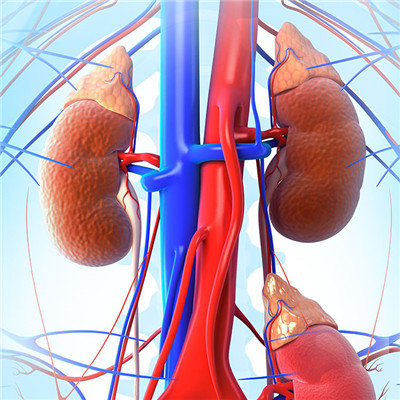Symptoms of chronic intestinal obstruction
summary
Obstruction of passage of intestinal contents caused by any reason is collectively referred to as intestinal obstruction. Intestinal obstruction is one of the common causes of abdominal pain, which is a common surgical acute abdomen. Sometimes the diagnosis of acute intestinal obstruction is difficult and the disease develops rapidly, which often leads to death. Symptoms of chronic intestinal obstruction? Let's talk about it.
Symptoms of chronic intestinal obstruction
The clinical manifestations of intestinal obstruction were as follows: (1) the patients had chronic obstructive symptoms and repeated acute attacks in the past( 2) Most patients had a history of abdominal surgery, trauma, bleeding, foreign bodies or inflammatory diseases( 3) The clinical symptoms were paroxysmal abdominal pain, accompanied by nausea, vomiting, abdominal distension and stop exhaust and defecation. Physical examination: (1) general condition: there is no obvious change in the early stage of obstruction, but there may be signs of fluid loss in the late stage. When strangulation occurs, systemic toxic symptoms and shock may occur( 2) Abdominal examination should pay attention to the following: ① abdominal incision scar can be seen in patients with a history of abdominal surgery; ② Patients may have abdominal distension, and abdominal distension is often asymmetric; ③ Intestinal type and peristaltic wave could be seen in most cases; ④ Abdominal tenderness is not obvious in the early stage, but can appear with the development of the disease; ⑤ When ileus loop was fixed, tenderness mass could be found; ⑥ The patients with increased peritoneal fluid or intestinal strangulation may have peritoneal irritation sign or mobile voiced sound; ⑦ Before intestinal obstruction developed to intestinal strangulation and enteroparalysis, all patients showed hyperactivity of bowel sounds, and could hear the sound of Qi over water or metal sound.

The clinical manifestations of strangulated intestinal obstruction: (1) abdominal pain is persistent severe abdominal pain, frequent paroxysmal aggravation, no complete intermission, vomiting can not relieve abdominal pain and distension( 2) Vomiting appeared earlier and more frequently( 3) Early systemic changes, such as pulse rate, body temperature, white blood cell count, or shock tendency( 4) Abdominal distension: low intestinal obstruction, obvious abdominal distension, closed loop intestinal obstruction, asymmetric abdominal distension, can touch isolated distended large intestine loop, no exhaust defecation( 5) Continuous observation: the symptoms of septic shock, such as increased body temperature, accelerated pulse, decreased blood pressure and disturbance of consciousness, were found, and the bowel sounds changed from hyperactivity to weakening( 6) Obvious peritoneal irritation( 7) Vomitus is bloody or bloody fluid discharged from anus( 8) Abdominal puncture was bloody fluid.

Auxiliary examination: abdominal plain film in X-ray standing position showed flatulent intestinal loops and most of the gas-liquid levels 4-6 hours after the occurrence of intestinal obstruction. The presence of intestinal strangulation should be noted if there is a fixed position of coffee bean like pneumatosis on abdominal plain film.

matters needing attention
(1) Once diagnosed, strangulated small bowel obstruction should be treated by operation immediately( 2) If the patient's condition is very serious, and the intestinal tube is necrotic, but the blood pressure can not be maintained during the operation, the method of intestinal external placement can be used, and the second stage anastomosis can be performed after the condition is improved.













